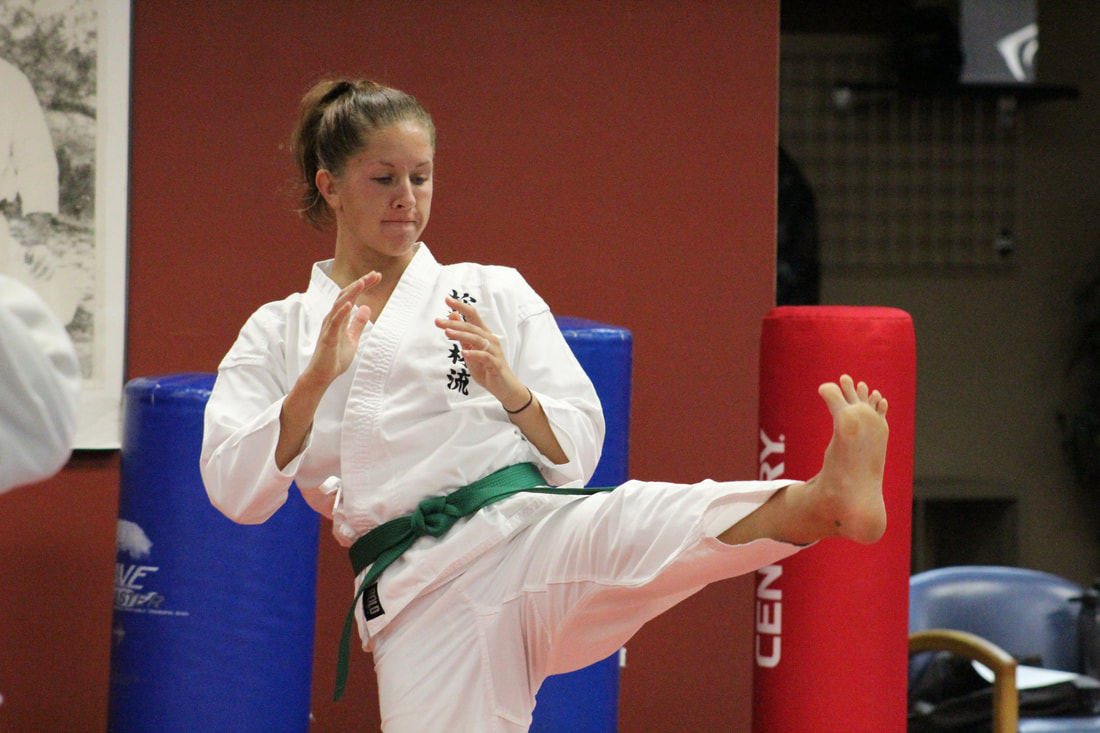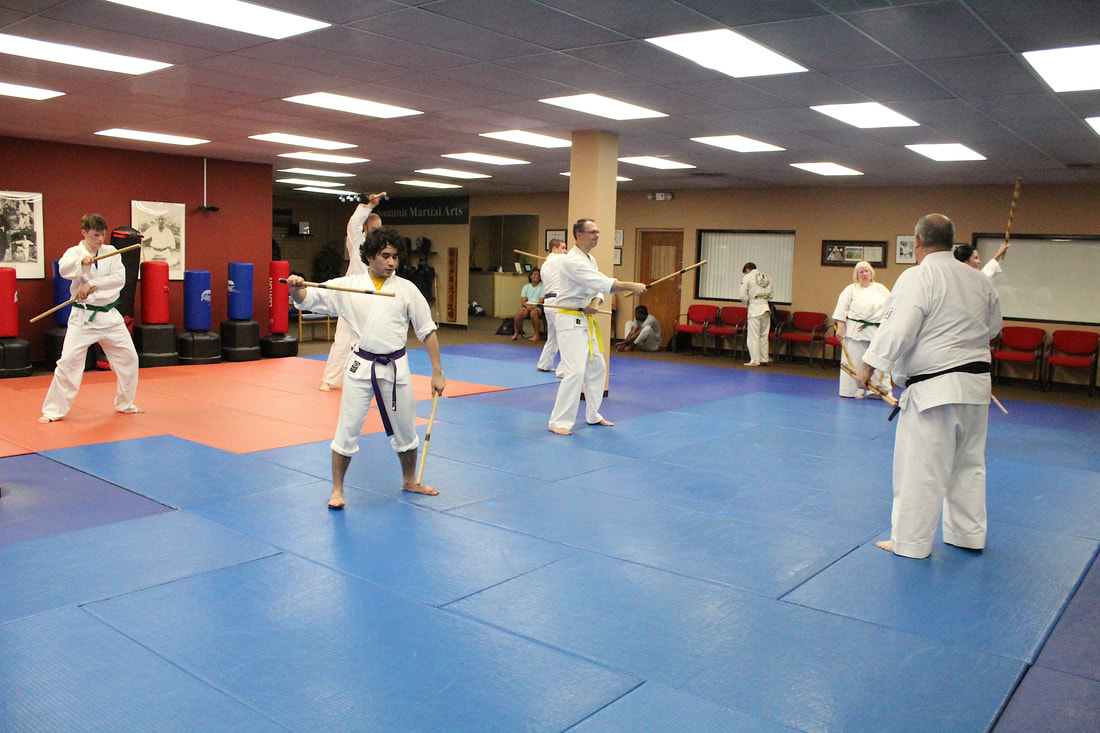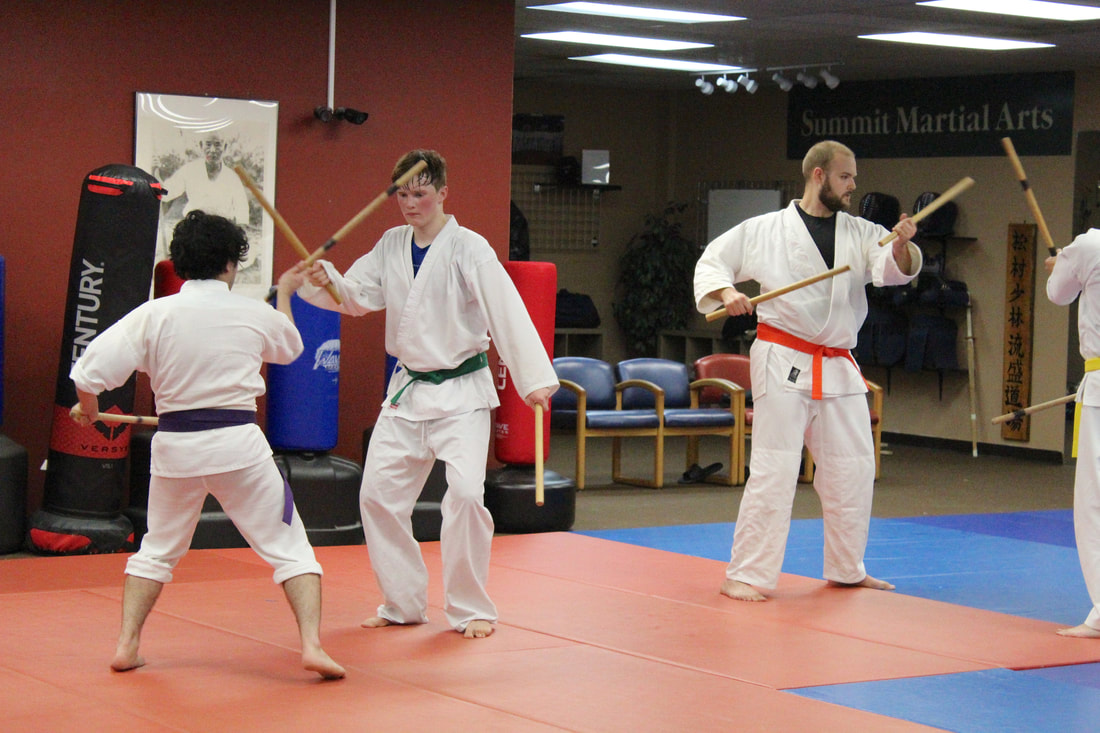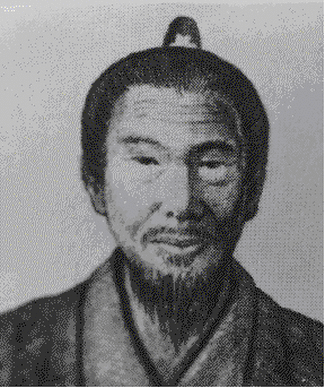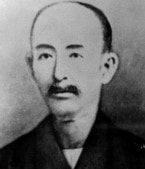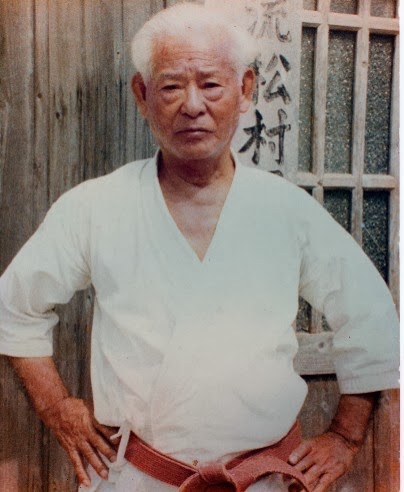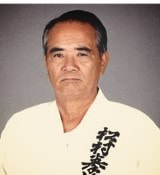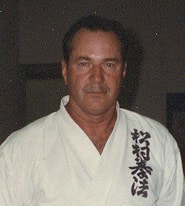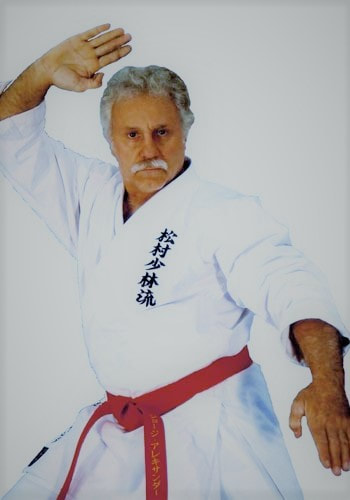|
Authentic Okinawan Karate is far more than a fitness program or an exotic hobby - its true essence has always been how effective it is in real-life scenarios. Here at Summit Martial Arts, our passion for authentic Karate stems from the desire to help our students develop strength and character internally, as well as to learn how to effectively defend themselves and those they love. Hence we train the martial artist to be peaceful but if a conflict is unavoidable, our students are equipped with a powerful self-defense system that has the potential to save them or their family's lives.
|
|
At Summit, safety is one of our top priorities. We are not a sport or competition-based school. We believe in training by working with our partners to learn the techniques, rather than fighting against an opponent in order to win. Our students are normal working adults, most with families. They want to feel great, move great and be able to defend themselves and those they care about.
Matsumura Shorin Ryu Karate is the oldest form of Karate in the world and was developed by the Okinawans - the longest living and healthiest people in the world. Unlike some other styles, Shorin Ryu Karate has remained essentially unchanged throughout its long history. As a result, our students learn each technique in its original and most powerful form.
Matsumura Shorin Ryu Karate is the oldest form of Karate in the world and was developed by the Okinawans - the longest living and healthiest people in the world. Unlike some other styles, Shorin Ryu Karate has remained essentially unchanged throughout its long history. As a result, our students learn each technique in its original and most powerful form.
|
Authentic Karate utilizes footwork, kicking, striking, and defensive blocking with arms and legs. Karate also includes grappling, body conditioning, joint locks, throws, restraints and vital point strikes. We teach striking techniques such as fist, knife-hands, and palm-heel strikes, forearm, and elbow. Summit Martial Arts puts a heavy focus on the basic foundational techniques and their proper form, angle and balance. We also work bags, safe sparring and partner drills with pads. In training we get a full-body workout that combines cardio, footwork, speed, timing and interval training.
|
The goal of martial arts is to develop every part of the martial artist simultaneously - the mind, body and spirit. We learn to be calm when facing the unknown. We learn to control our breathing when feeling anxious or overwhelmed. We learn to control our movements with precision in order protect ourselves and our partners. We learn to quiet our mind through meditation. And eventually - we can perform the techniques without thinking about them. We are able to remain focused without having to mentally concentrate on any one thing. In Japanese this is referred to as mushin (no-mind). In essence, the body remembers how to move and the mind remembers how to be still. This harmonious unity of mind and body is intensely powerful. Even the greatest physical strength and skill are no match for the power of wholeness. The result of true martial arts is natural, effortless action. It is the confidence, humility, openness and peace only possible through unity of mind, body and spirit.
|
At Summit Martial Arts we also teach Kobudo - the weapon systems of Okinawan martial arts. We train with a dozen or more weapons, including the bo (staff), sai (three-pronged truncheon), tonfa (handled club), kama (sickle), nunchaku (two rope or chain-connected sticks) and tambo (short stick). Padded weapons are used for beginning students to ensure safety.
|
As with anything worth doing, Karate is hard work. It takes dedication, a good attitude and practice. If you're willing to put forth the effort, we are here to help you dig deep and become the real you - confident, disciplined, calm and focused.
our lineage
so come join us!
message us to schedule your free trial week
have more questions?
CHECK OUT OUR FAQ PAGE OR CONTACT US - WE'D LOVE TO CHAT WITH YOU AND ANSWER ANY QUESTIONS YOU MAY HAVE!
